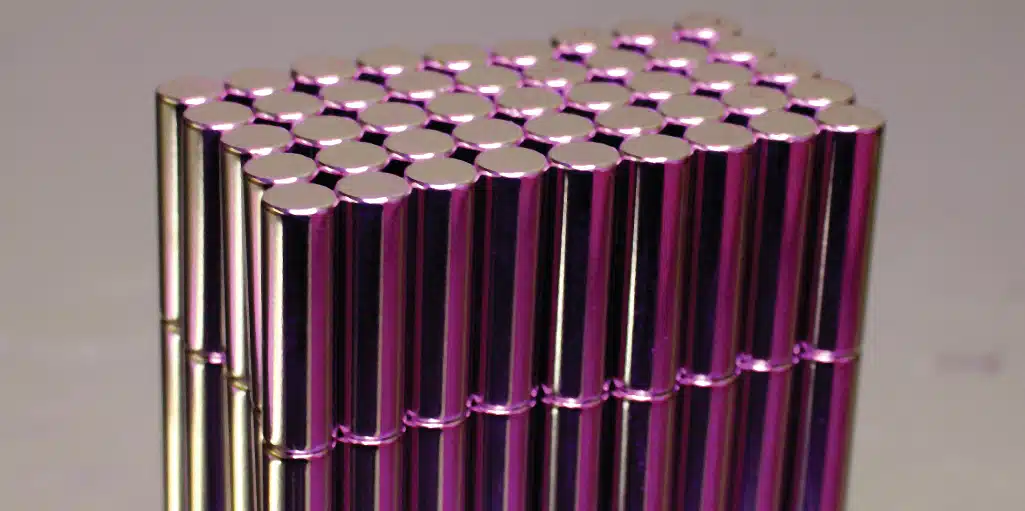The History of Neodymium Magnets, Part Two
News
The Rise of Neodymium Magnets: A Powerful Evolution in Magnetism
Neodymium magnets are renowned today as the strongest magnets available, powering countless modern technologies. But did you know that neodymium magnets weren’t developed until the 1980s? Their creation marks a key turning point in the evolution of magnet technology, with a fascinating history that dates back to the 1960s. In this blog, we’ll explore the journey that led to the discovery and commercialization of neodymium magnets.
The Birth of Rare Earth Magnets
Before the 1960s, the world relied on alnico magnets (made from aluminum, nickel, and cobalt) and ceramic magnets for various applications. However, scientists and engineers sought more powerful alternatives. A major breakthrough came in 1966, when researchers at the United States Air Force Materials Laboratory discovered that the alloy YCo5 (yttrium and cobalt) exhibited exceptional magnetic properties, such as high anisotropy and coercivity. This discovery led to the development of the first rare earth magnets—samarium cobalt (SmCo) magnets.
The Search for a Stronger and Cheaper Magnet
While samarium cobalt magnets were a significant leap forward in terms of strength, they were also expensive, as cobalt and samarium are rare and costly materials. Researchers continued their quest to create a more affordable, yet even more powerful, permanent magnet.
Finally, in 1984, two teams on opposite sides of the world—Sumitomo Special Metals Co. in Japan and General Motors in the United States—independently discovered the same revolutionary alloy: Nd2Fe14B, also known as neodymium iron boron. This new material became the foundation for the neodymium magnets we use today.
Despite their simultaneous discoveries, the two companies developed different methods to produce the magnets. Sumitomo Special Metals Co. used a process similar to that used for fabricating samarium cobalt magnets, while General Motors employed a rapid solidification technique. Both approaches allowed for the mass production of these magnets, opening up new possibilities for industries around the world.
Why Neodymium Magnets Became the Go-To Choice
Neodymium iron boron magnets quickly gained popularity over samarium cobalt magnets for several reasons. First and foremost, they were much more affordable. Both iron and neodymium are cheaper and more abundant than samarium and cobalt. In fact, neodymium is roughly four times more common than samarium, making these magnets a cost-effective solution for a wide range of applications.
However, samarium cobalt magnets still hold their place in specialized applications where resistance to high temperatures and corrosion is critical. While neodymium magnets are incredibly strong, they have limitations when it comes to temperature tolerance and corrosion resistance, areas where samarium cobalt magnets excel.
Explore the Power of Neodymium Magnets Today
The discovery of neodymium magnets revolutionized the world of magnetics, offering incredible strength at a fraction of the cost of earlier magnets. From motors and electronics to medical devices, these magnets are now essential components in many modern technologies.
If you’re looking to harness the strength of neodymium iron boron magnets or need expert advice on choosing the right magnet for your application, contact the team at BuyMagnets.com. We’re here to help you find the perfect solution for your unique needs.
